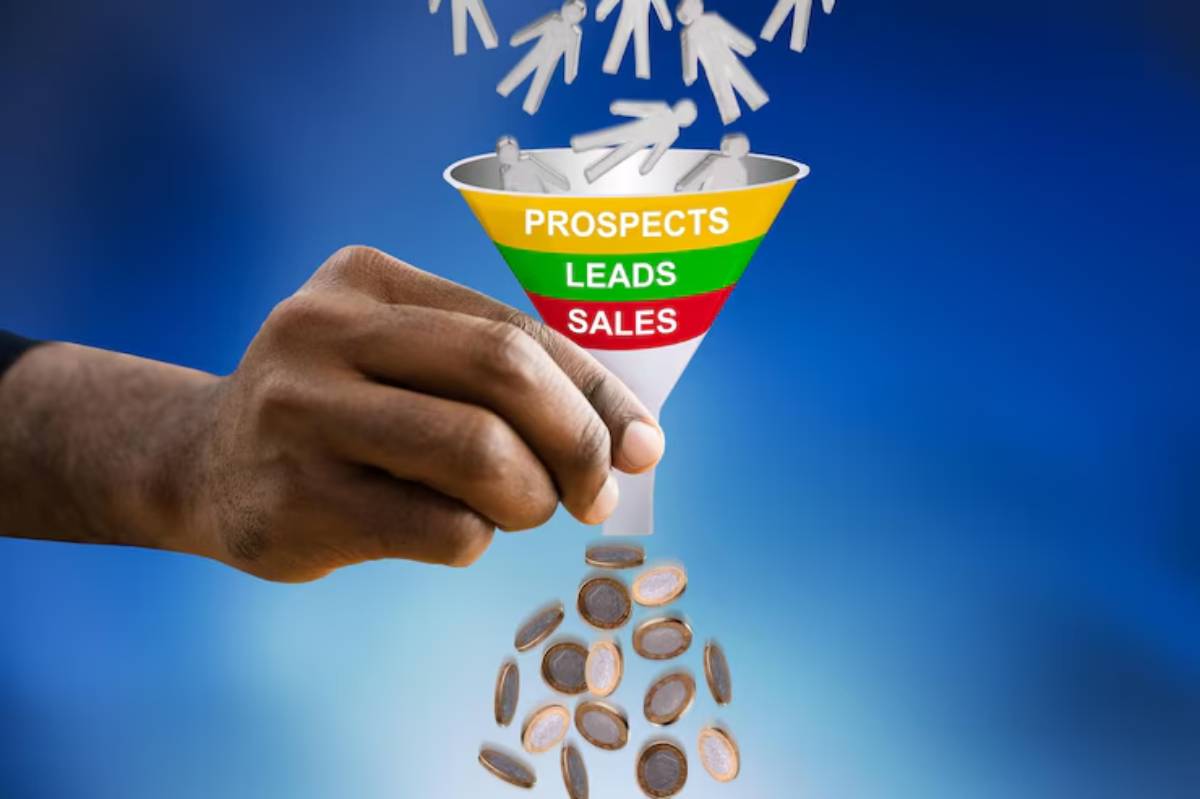
Setting Up Conversion Goals and Funnels in GA4
If you’re running an ecommerce business, knowing how users move through your website—and where they drop off—is critical. With the introduction of Google Analytics 4 (GA4), measuring user journeys has evolved. GA4 offers new tools for conversion tracking, flexible ecommerce funnels, and more powerful analytics setup features than ever before.
This guide will walk you through setting up conversion goals and funnels in GA4, helping you optimise your customer journey and boost your store’s performance.
Why GA4 Conversion Tracking Matters
In ecommerce, tracking conversions is more than just measuring sales. It’s about understanding behaviour: how users interact, what influences their buying decisions, and where friction points lie.
Key Benefits of GA4 Conversion Tracking:
- Monitor micro and macro conversions (e.g., add to cart vs. completed purchase)
- Track custom events that reflect meaningful actions
- Build dynamic funnels to analyse drop-off points
- Improve ad targeting and campaign ROI
GA4 shifts away from rigid goal structures toward an event-based model—giving you more freedom to define what matters most.
Key Concepts in GA4
Events:
Everything in GA4 is tracked as an event—from page views to purchases.
Conversions:
Any event can be marked as a conversion (no limit). This replaces Universal Analytics’ “Goals.”
Funnels:
In GA4, funnel explorations allow you to visualise the user journey step-by-step.
Enable Enhanced Ecommerce in GA4
Enhanced ecommerce tracking helps you automatically track:
- Product views
- Add to cart
- Begin checkout
- Purchases
How to Enable:
- Go to Admin > Data Streams > Web
- Click your stream and enable “Enhanced Measurement”
- Ensure your ecommerce platform is integrated correctly (Shopify via GTM or native apps; WooCommerce via plugins)
Tip: Use Google Tag Manager (GTM) for full control over custom events.
Define and Track Events
GA4 tracks several recommended events by default. For ecommerce, focus on:
| Event Name | Triggered When… |
view_item
|
A product page is viewed |
add_to_cart
|
A product is added to the cart |
begin_checkout
|
The checkout process is started |
purchase
|
A purchase is completed |
You can create custom events for things like:
- Coupon usage
- Wishlist additions
- Video views on product pages
Use GTM or direct code to push these events.
Mark Key Events as Conversions
- Go to Admin > Events
- Find the relevant event (e.g., purchase)
- Toggle “Mark as conversion”
Pro Tip:
Mark multiple stages as conversions to measure user intent:
- add_to_cart
- begin_checkout
- purchase
This gives better visibility across your ecommerce funnel.
Build Funnel Explorations
GA4’s Explorations feature lets you build visual funnels to track user journeys.
How to Create a Funnel Exploration:
- Go to Explore > Create New Exploration > Funnel Exploration
- Set your steps (example below)
- Add segments (e.g., device type, source/medium)
- Visualise drop-offs and completion rates
Sample Funnel Steps:
- Page view: Product page (page_path contains /product)
- Event: add_to_cart
- Event: begin_checkout
- Event: purchase
This shows where users fall off and lets you test optimisations on specific steps.
Segment Funnel Data
GA4 allows you to break down funnel data by:
- Device
- Country
- Source/Medium
- Product category
- Returning vs. new users
Insight Example: If mobile users drop off at the checkout step more than desktop users, it’s time to improve your mobile UX.
Analyse and Optimise

Once your GA4 conversion tracking and funnels are in place:
- Monitor changes over time (weekly/monthly)
- Compare funnel performance by source (e.g., Google Ads vs. email)
- A/B test product or checkout page changes
- Reduce friction on drop-off steps (fewer fields, more trust signals, guest checkout)
Bonus: Automate Reporting
GA4 lets you:
- Export funnel reports to Looker Studio
- Schedule email exports
- Create dashboards for your team or clients
Tip: Build a weekly ecommerce report showing:
- Conversions
- Funnel completion rate
- ROAS by source
- Cart abandonment
Recommended GA4 Events for Dropshippers
| Event Name | Use Case |
purchase
|
Revenue, transactions, product sales |
add_to_cart
|
Intent measurement |
remove_from_cart
|
Friction and reconsideration tracking |
view_cart
|
Cart engagement tracking |
login
|
Returning user engagement |
select_shipping
|
Shipping options that affect checkout performance |
refund
|
Post-purchase behaviour, quality control |
Common Mistakes to Avoid

❌ Not enabling enhanced ecommerce features
❌ Forgetting to mark important events as conversions
❌ Using default event names incorrectly
❌ Ignoring funnel drop-offs beyond the checkout
❌ Not segmenting data by channel or device
Tools to Pair With GA4 for Funnel Optimisation
| Tool | Function |
| Hotjar / Clarity | Heatmaps and session recordings |
| GTM | Event creation and trigger management |
| Looker Studio | Funnel and conversion visualisation dashboards |
| Triple Whale | ROAS + attribution reporting for ad performance |
| Klaviyo | Email attribution linked to funnel steps |
Key Takeaway
GA4 offers a more flexible, event-based system for measuring conversions and mapping ecommerce funnels than ever before. By setting up your analytics correctly, defining key goals, and building funnel explorations, you gain complete visibility into how users move through your store—and where to optimise next.
Build Funnels That Fuel Growth

Understanding your customers’ path from visit to purchase is the foundation of ecommerce success. With GA4 conversion tracking, you can see what works, fix what doesn’t, and drive measurable improvements in every part of your funnel.
So track smarter, analyse deeper, and turn every click into a conversion—because clarity is the key to growth.


